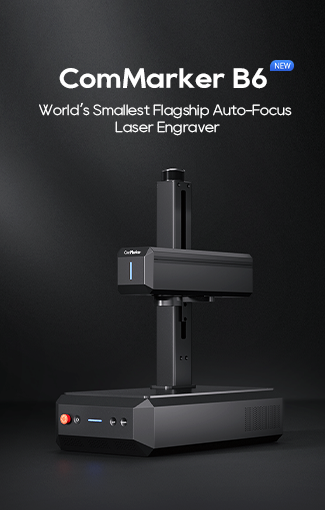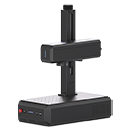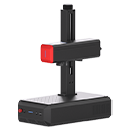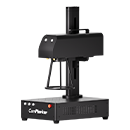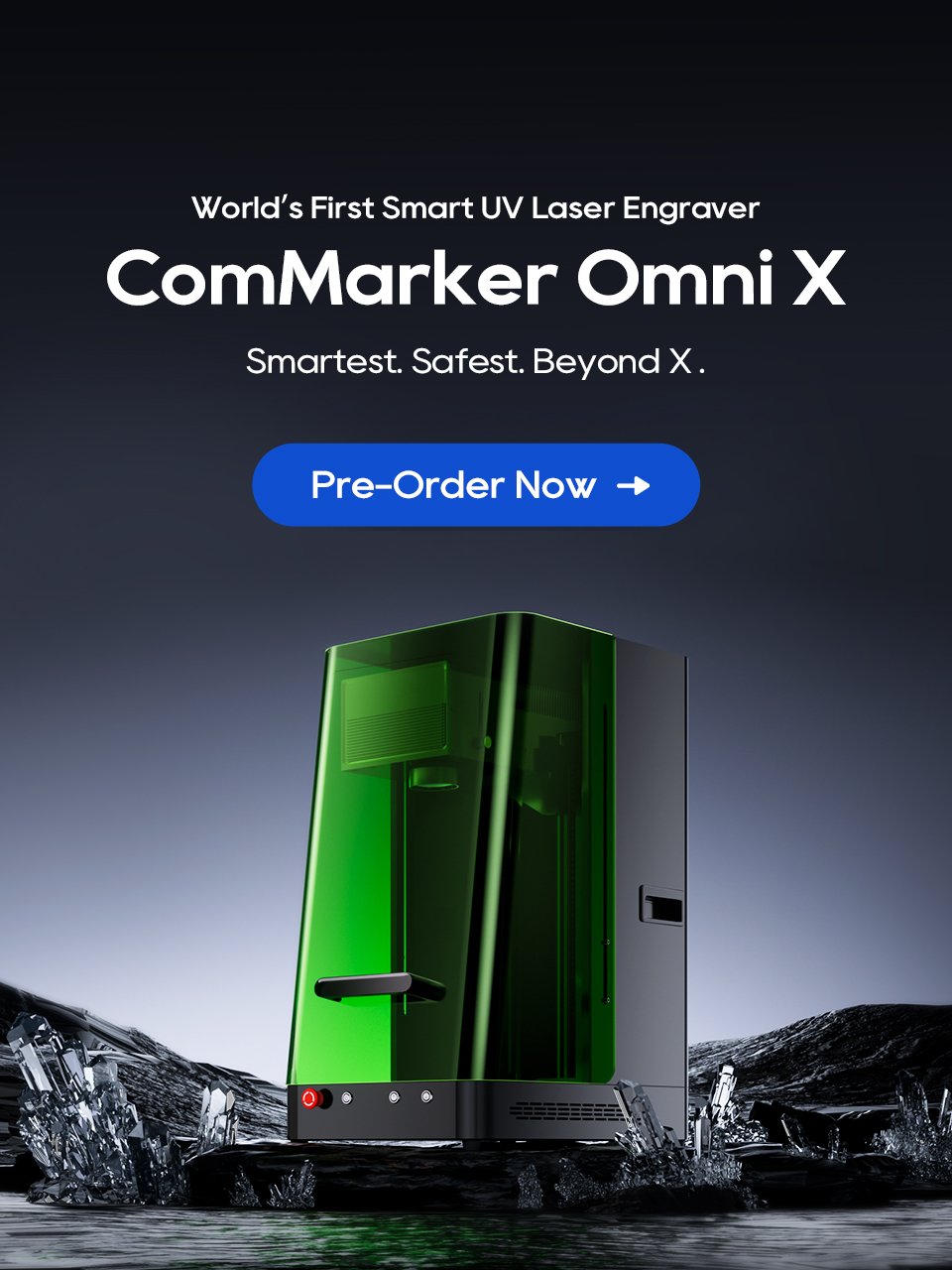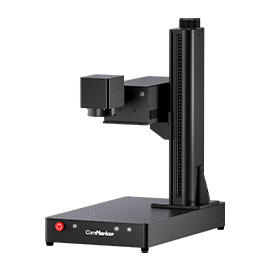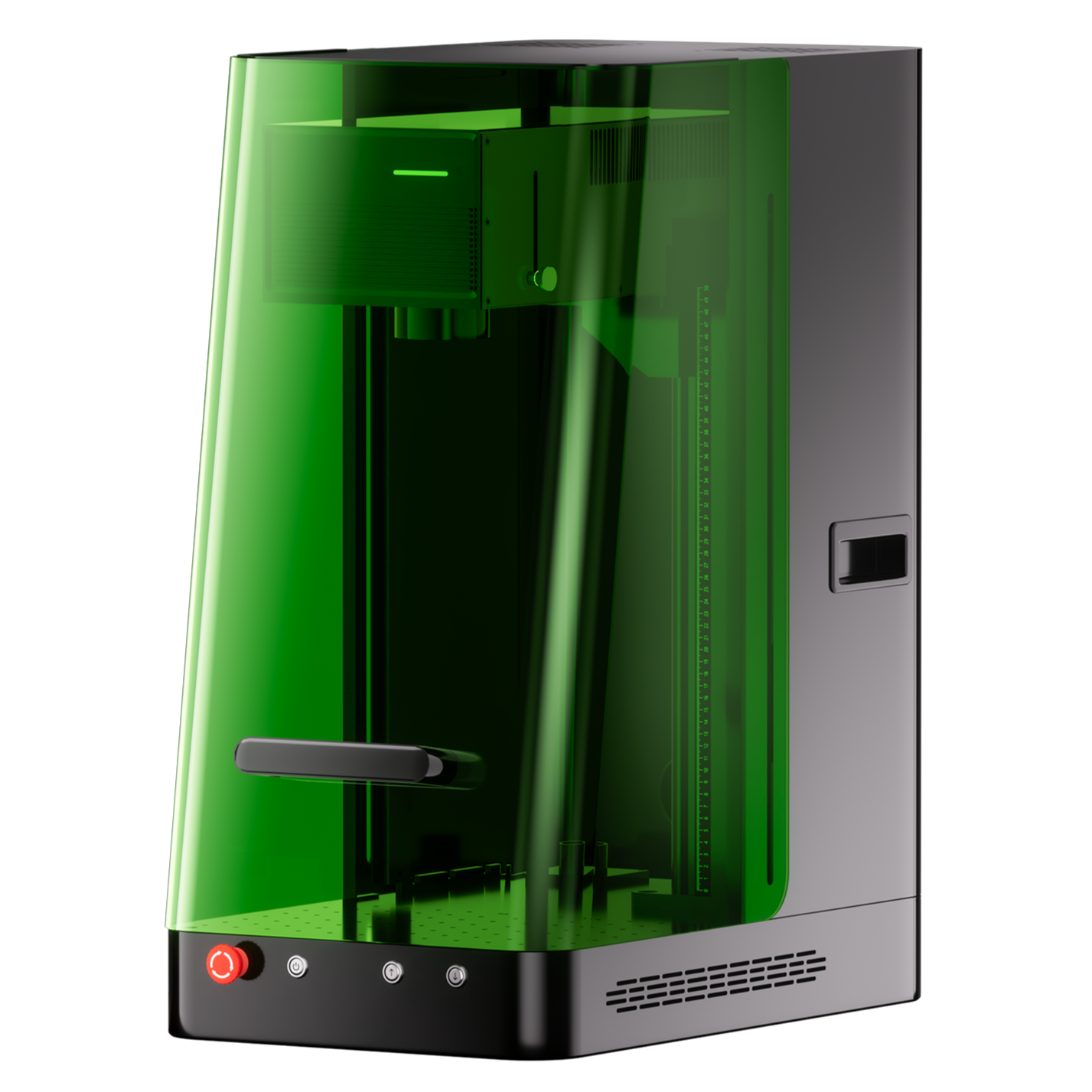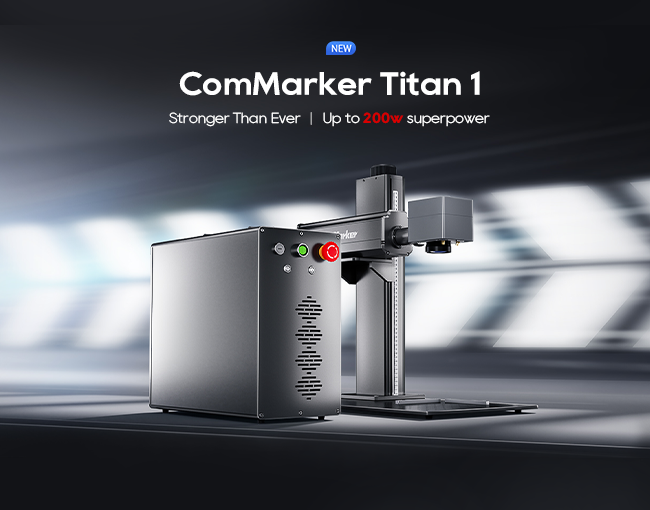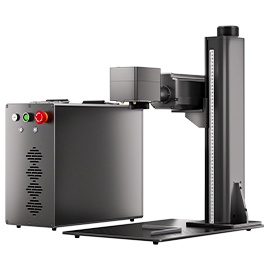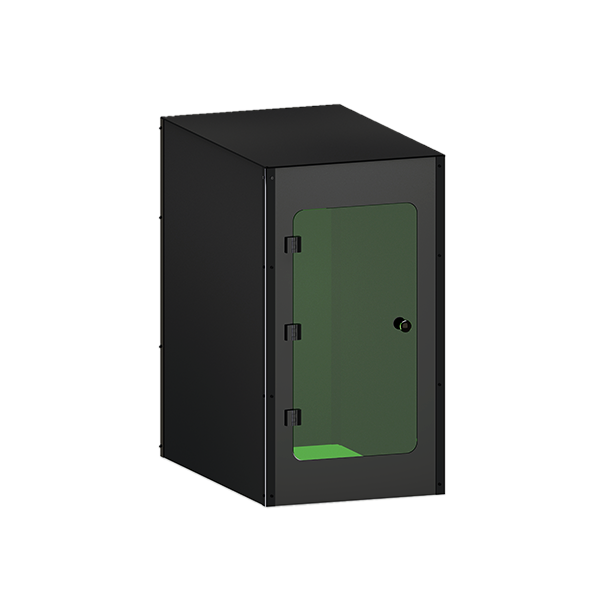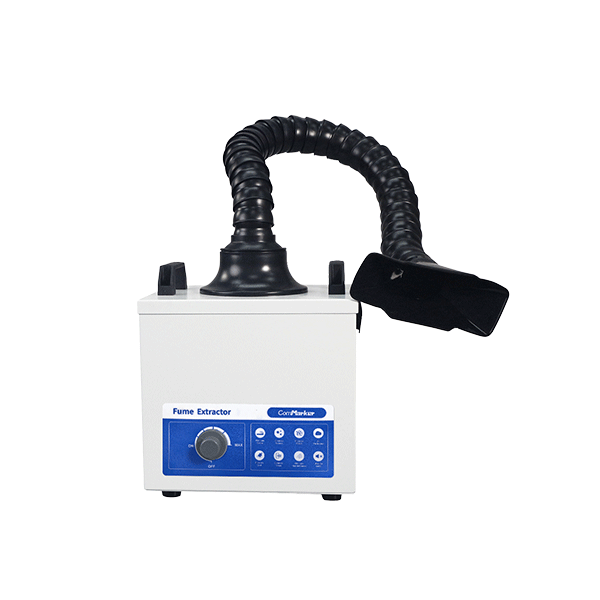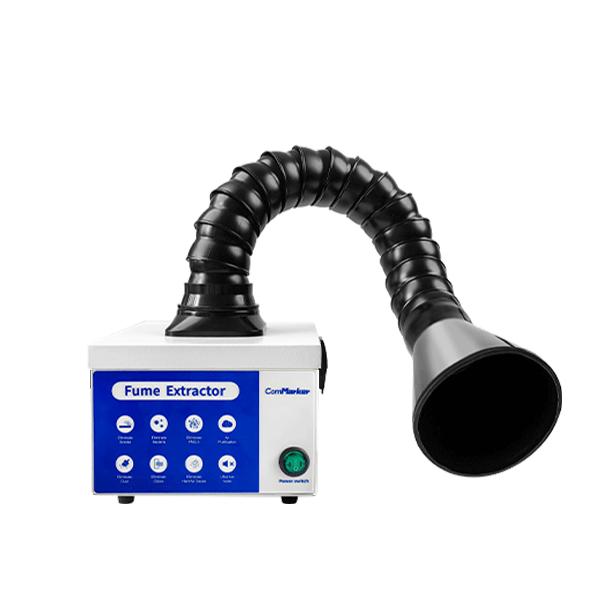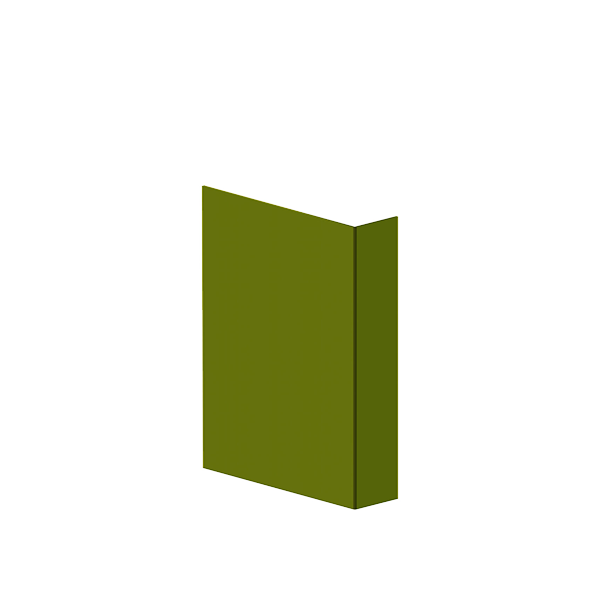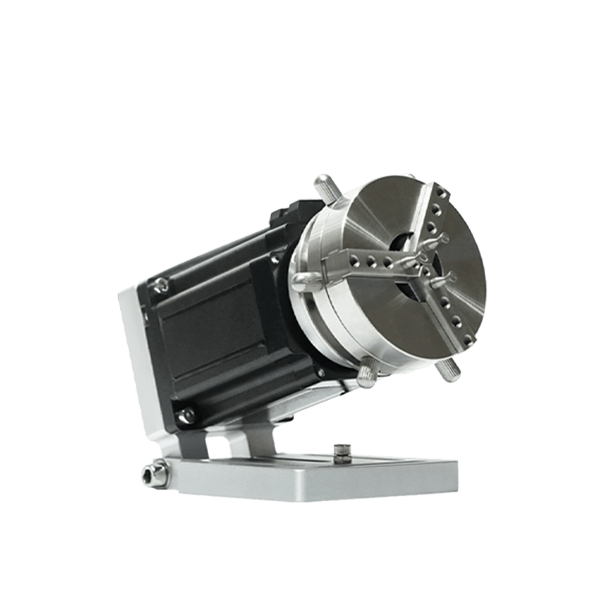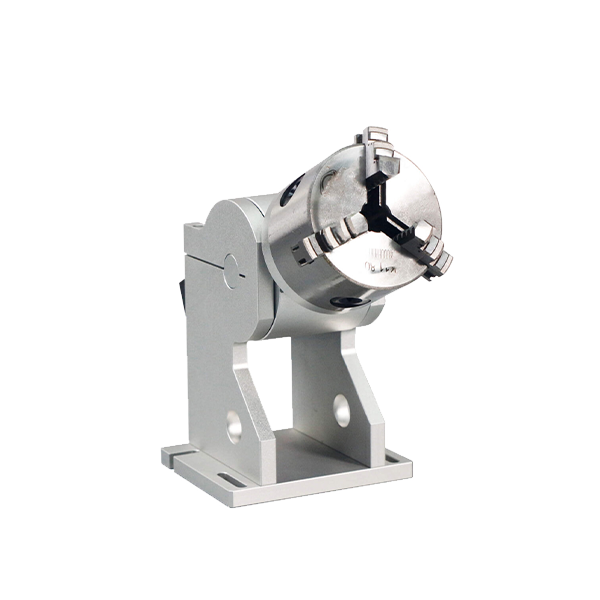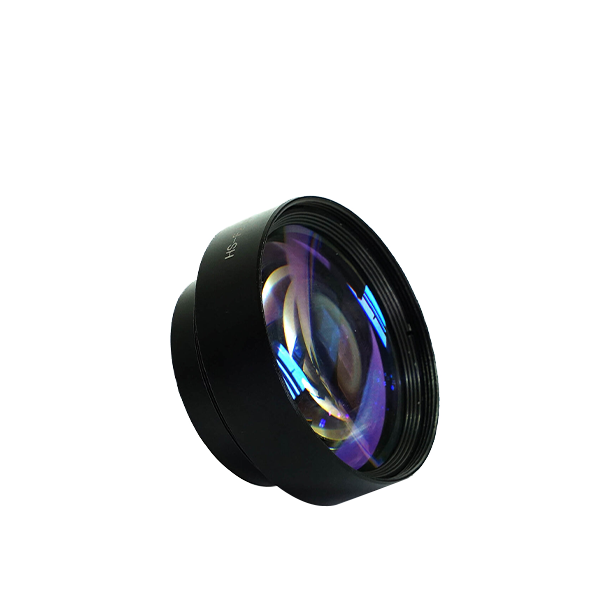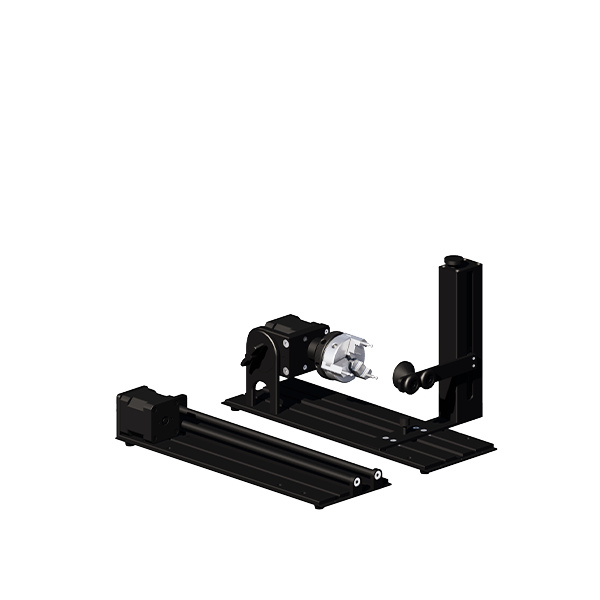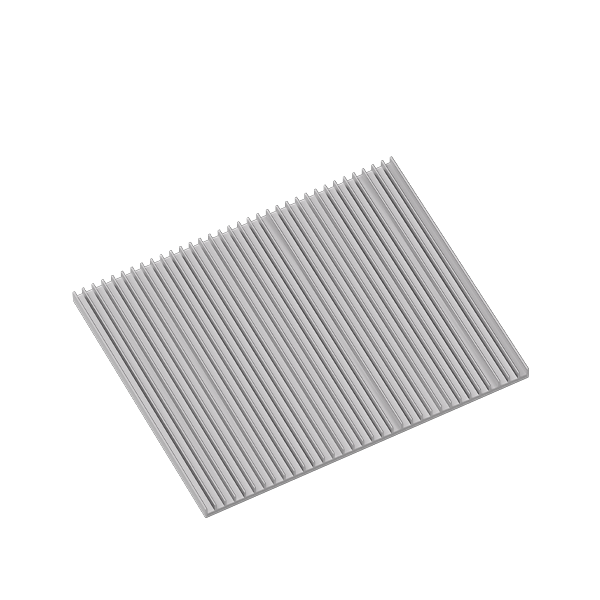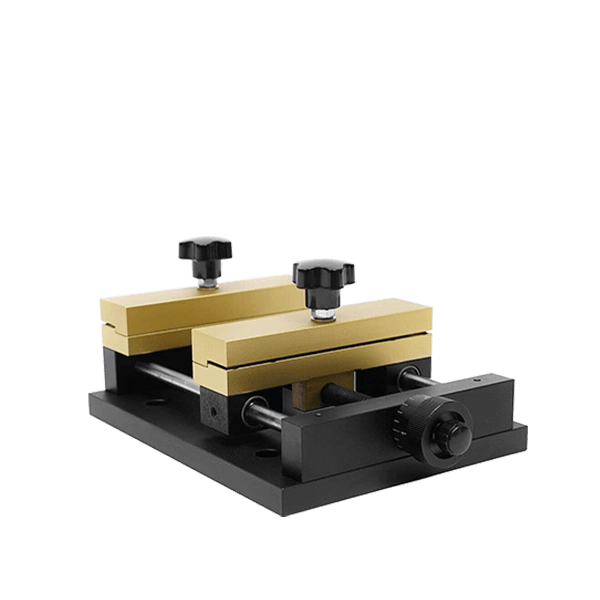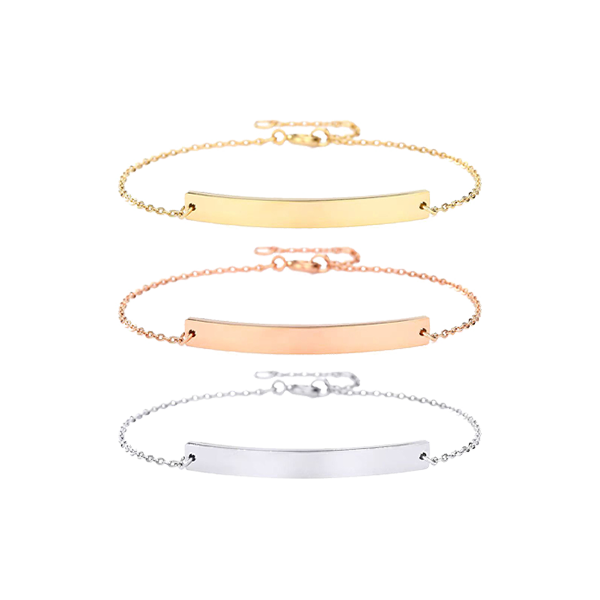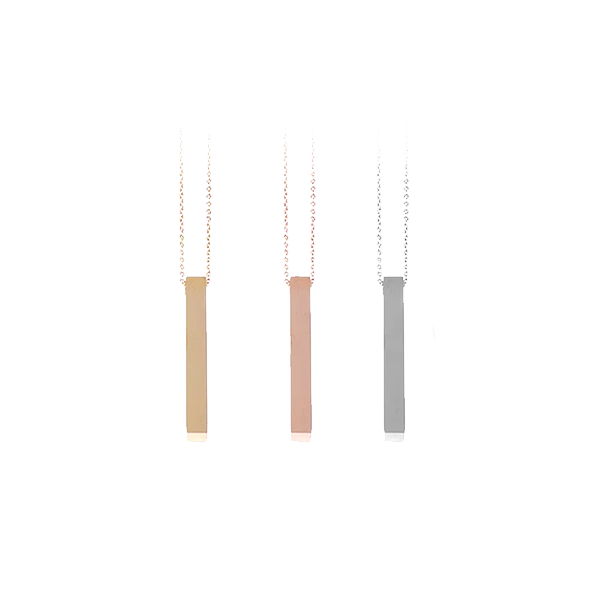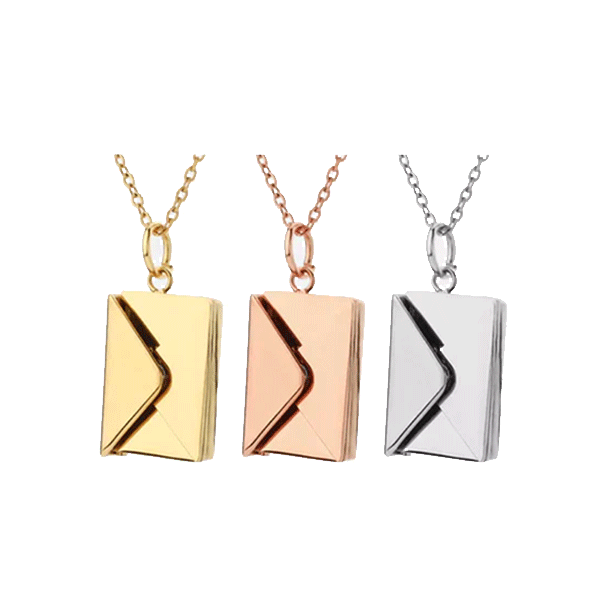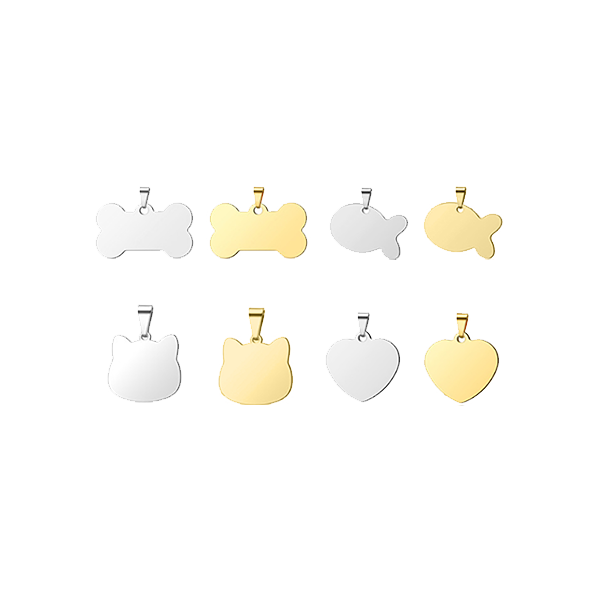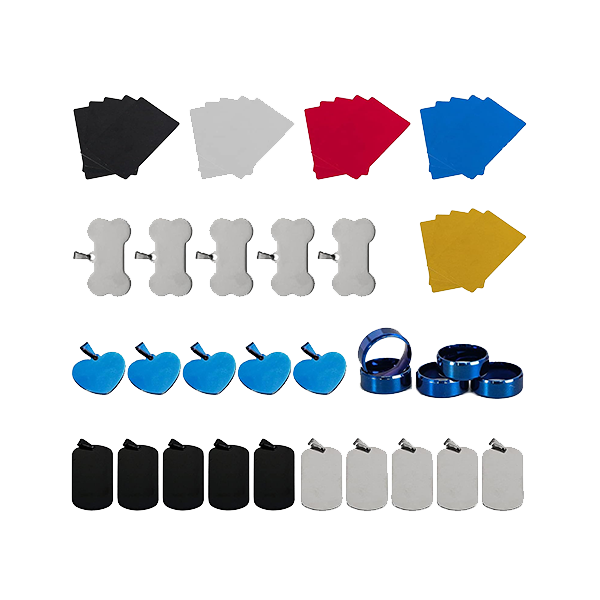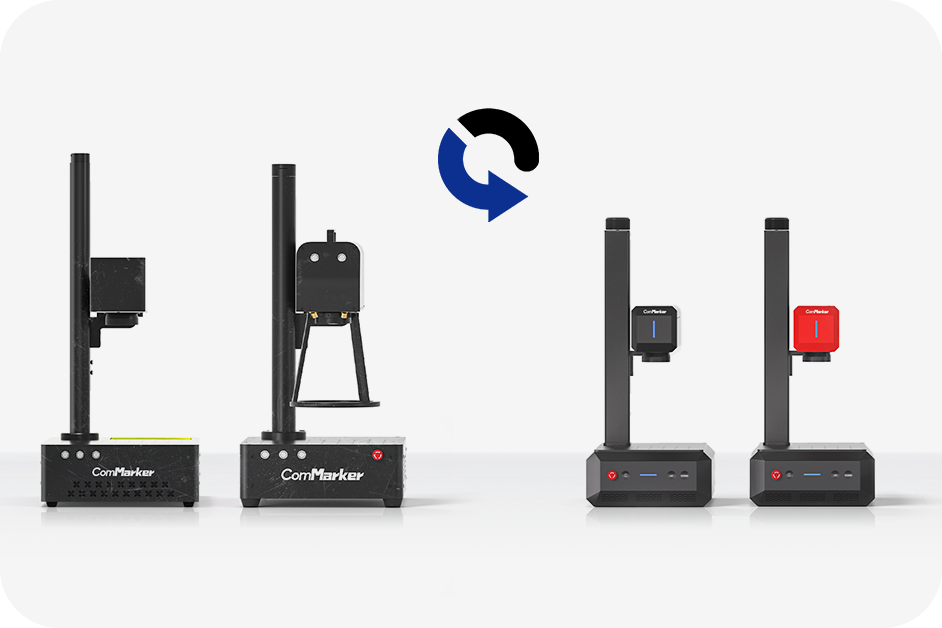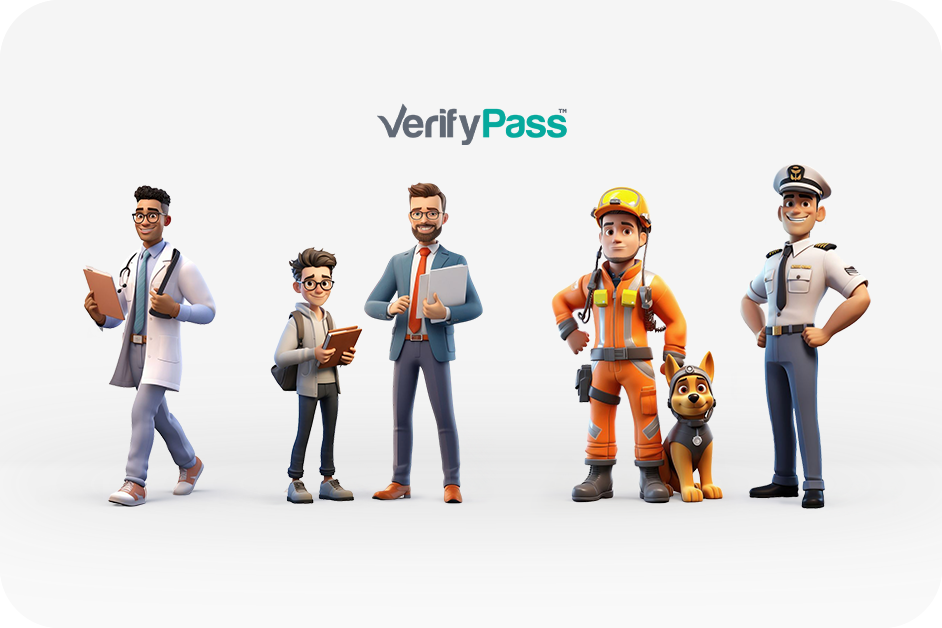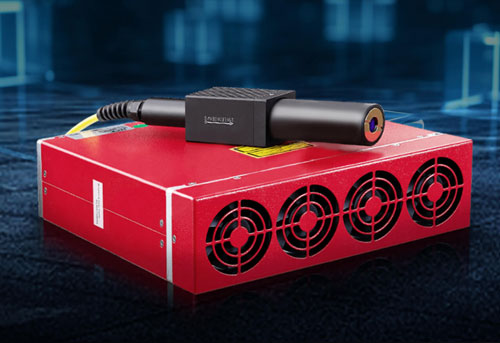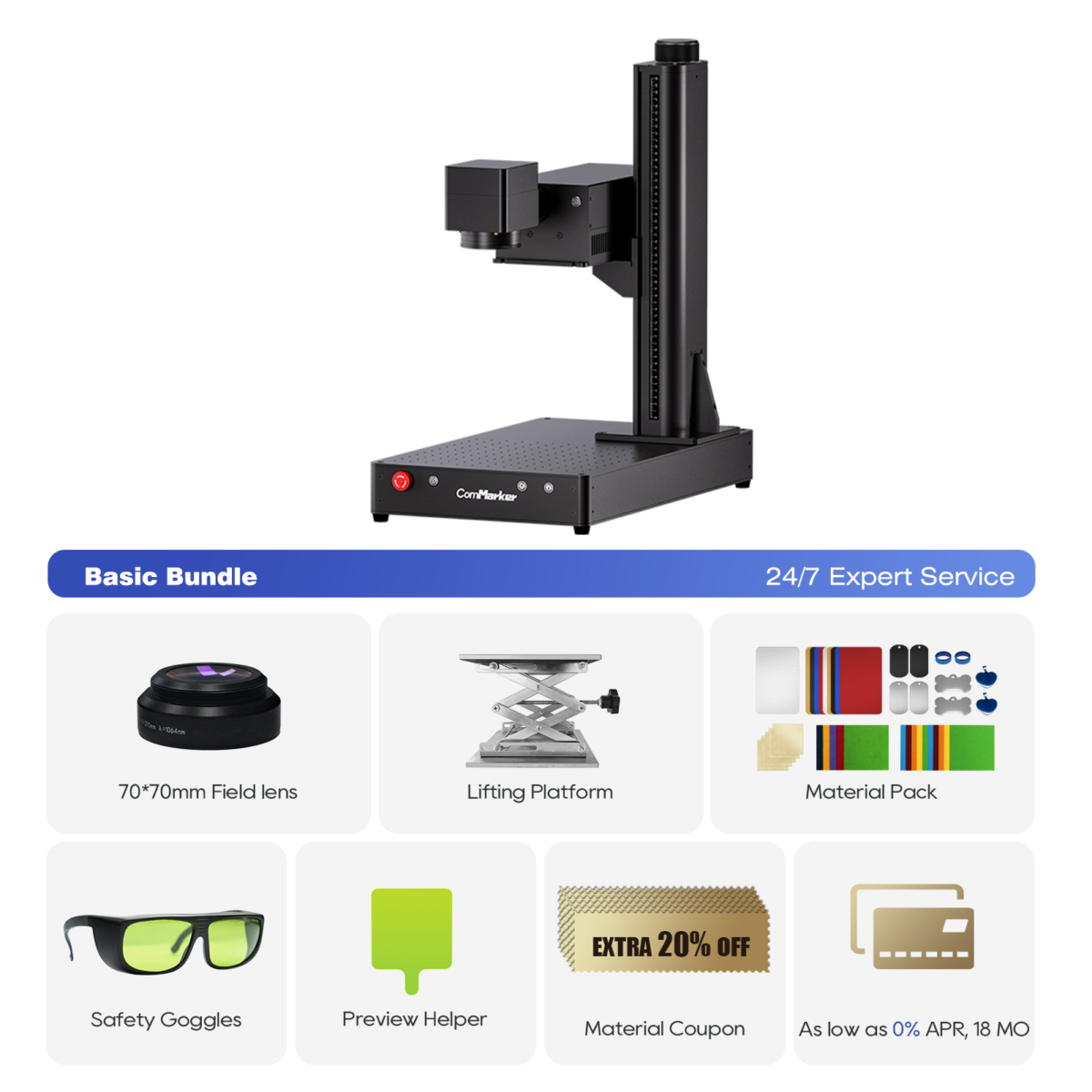Velge riktig laser source is one of the most critical decisions when buying a lasergraver. Whether you’re customizing wood gifts, marking metal tools, or personalizing glassware, your engraver’s performance—and limits—are defined by the type of laser it uses. I denne artikkelen, we’ll break down the core types of laser sources (Co₂, fiber, og UV), explore their differences in wavelength and power, and help you decide which one suits your real-world needs.
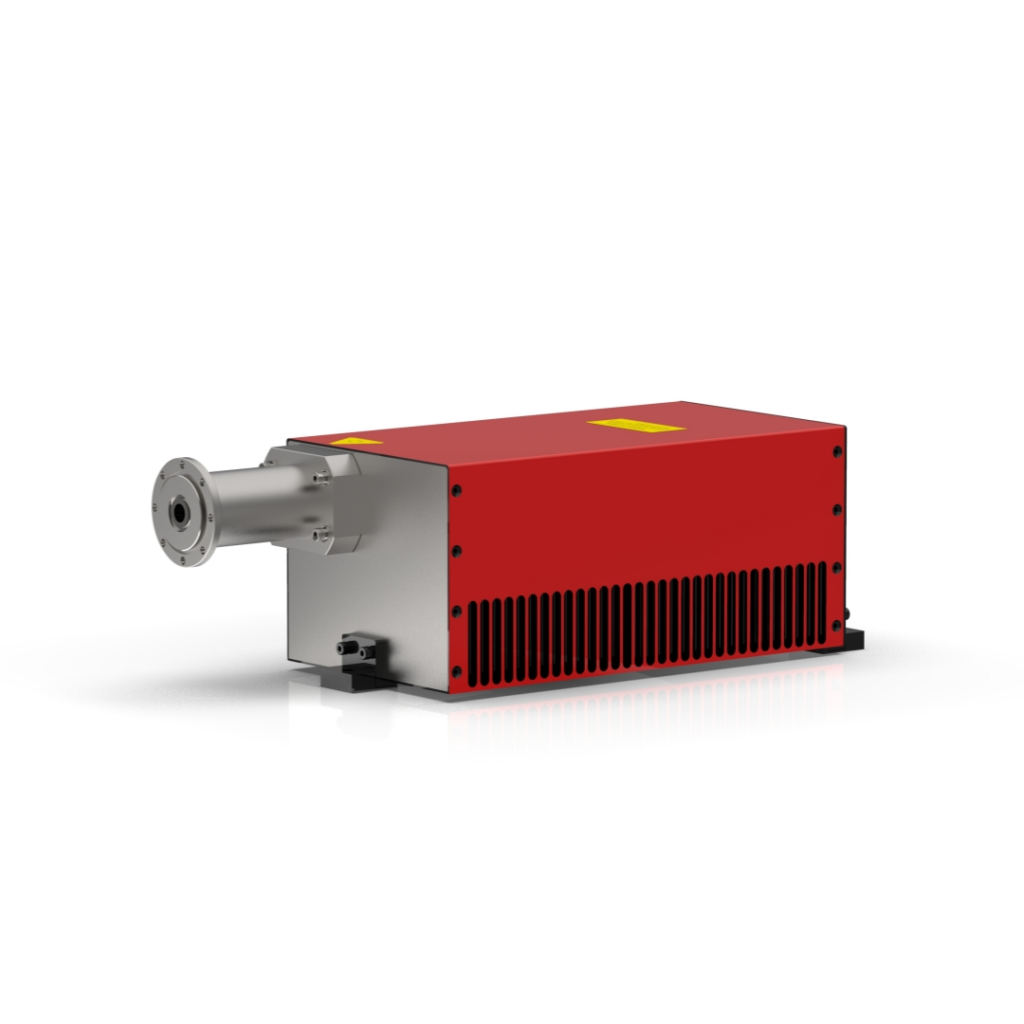
What Is a Laser Source? (CO₂ vs Fiber vs UV)
A laser source in a lasergraver is the component that emits the high-energy beam used to mark or cut materials. Different source types use different physics—and that greatly affects what materials they can engrave.
| Type | Bølgelengde | Best for | Common Use Cases |
|---|---|---|---|
| Co₂ | 10,600 nm | Organic materials like wood, lær, akryl | Crafting, skilting, emballasje |
| Fiber | 1064 nm | Metaller, hard plast | Metallmerker, verktøy, Industrielle deler |
| UV | 355 nm | Heat-sensitive materials like plastic, glass, keramikk | Precision marking, elektronikk, medisinsk utstyr |
✅ Tupp: The shorter the wavelength, the better it handles fine, heat-sensitive, or brittle materials.
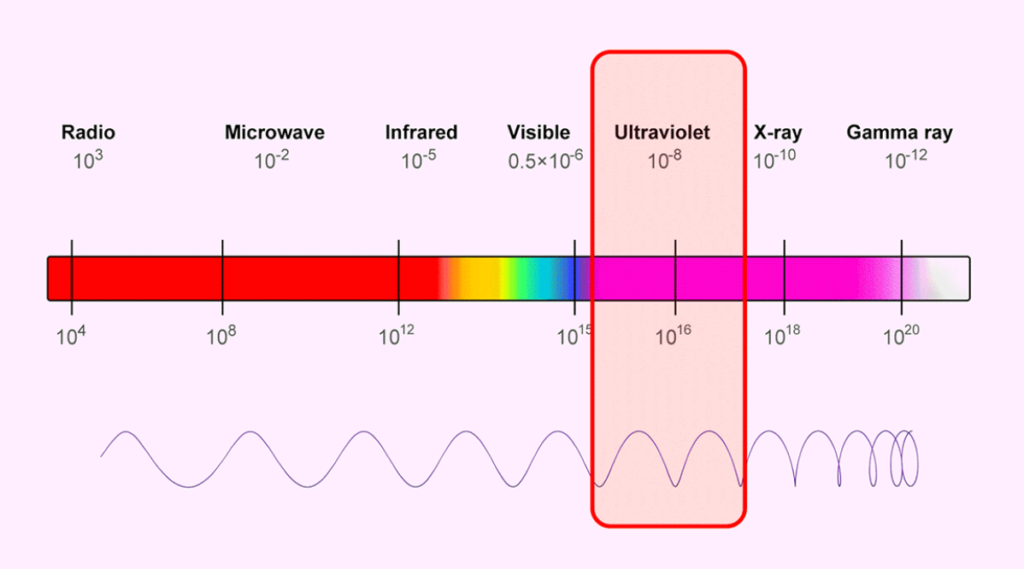
Why Wavelength Matters: Matching to Materials
De wavelength of the laser determines how deeply and cleanly it interacts with specific materials.
- CO₂ lasers (10,600 nm) are absorbed well by non-metals, making them ideal for engraving wood, akryl, papir, og skinn.
- Fiberlasere (1064 nm) penetrate metals effectively due to higher photon energy at that wavelength.
- UV-lasere (355 nm), like those used in the ComMarker Omni 1, are absorbed on the surface without heat buildup, making them perfect for plastics, glass, og keramikk.

Power vs Efficiency: Does Higher Wattage Mean Better Engraving?
Not always.
- Higher wattage means faster marking or deeper engraving—but only when paired with the right wavelength and lens system.
- A 5W UV laser can outperform a 20W fiber laser on plastic or glass, because the UV wavelength interacts better with those materials.
Here’s an example from real tests using the ComMarker Omni 1 UV lasergraver:
| Materiale | Laserkilde | Power Used | Resultat |
|---|---|---|---|
| White ABS Plastic | UV (355nm) | 5W | High-contrast black mark, no melting |
| Rustfritt stål | UV (355nm) | 5W | Light surface mark only |
| Tre | Co₂ (10,600nm) | 40W | Deep and wide engraving |

Choosing the Right Laser Source: What to Consider
When deciding which lasergraver to buy, focus on:
- Material types you work with most
- Engraving depth vs. hastighet (Do you need surface marks or deep cuts?)
- Level of detail (QR -koder, tiny text, fine lines? UV wins here)
- Budsjett (CO₂ lasers are usually more affordable for hobby use)
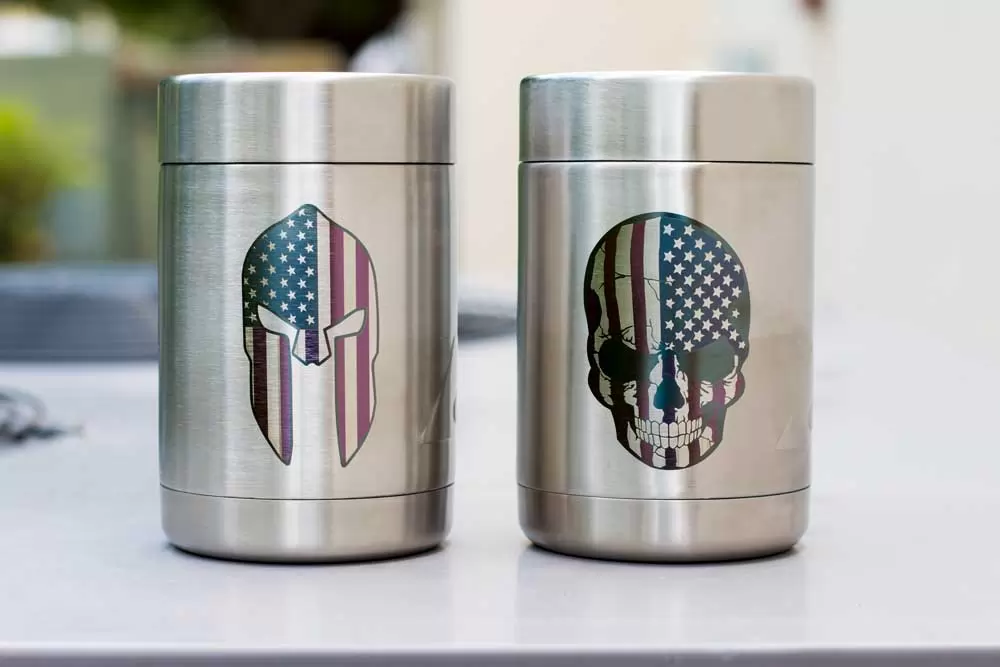
Real-World Use Case Examples
- A jewelry crafter working with gold and silver → Go for a fiberlaser
- A DIY creator customizing tumblers and wood signs → Best with a CO₂ laser
- A startup marking logos on phone cases, briller, and ceramic mugs → Choose a UV laser, liker Omni 1
ComMarker Omni 1 Lasergravør
Neste generasjons laser for å låse opp alle materialer. ZeroBurn™ graveringsteknologi Verdens første 16K HD lasergravør 10 000 mm/s SpeedMax™ graveringssystem Lås opp alt materiale med UV-laser ColdFront™ termisk teknologi elektrisk løft med 2 Valgfrie linser kompatible med EZCAD og LightBurn 360° roterende graveringssystem
Which Laser Source Is Right for You?
The best laser engraver isn’t just about power—it’s about matching the laser source to your application. If you’re engraving a variety of delicate or non-metal materials, de ComMarker Omni 1 UV lasergraver offers professional-level precision with minimal heat impact. For metals or bulk engraving, fiber and CO₂ still have the edge.
Need help choosing? Visit ComMarker.com to explore laser engravers tailored to your material needs.




